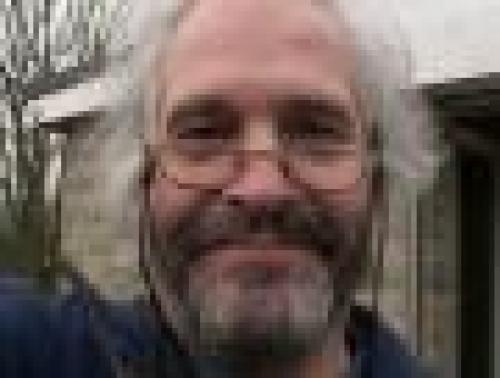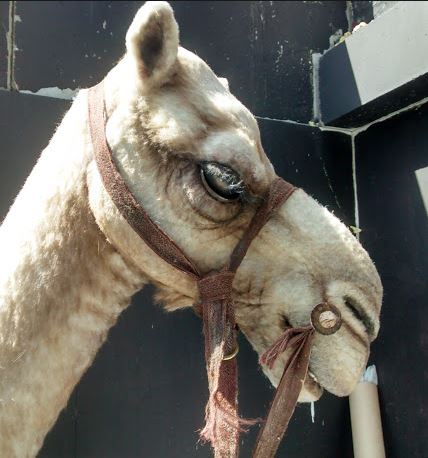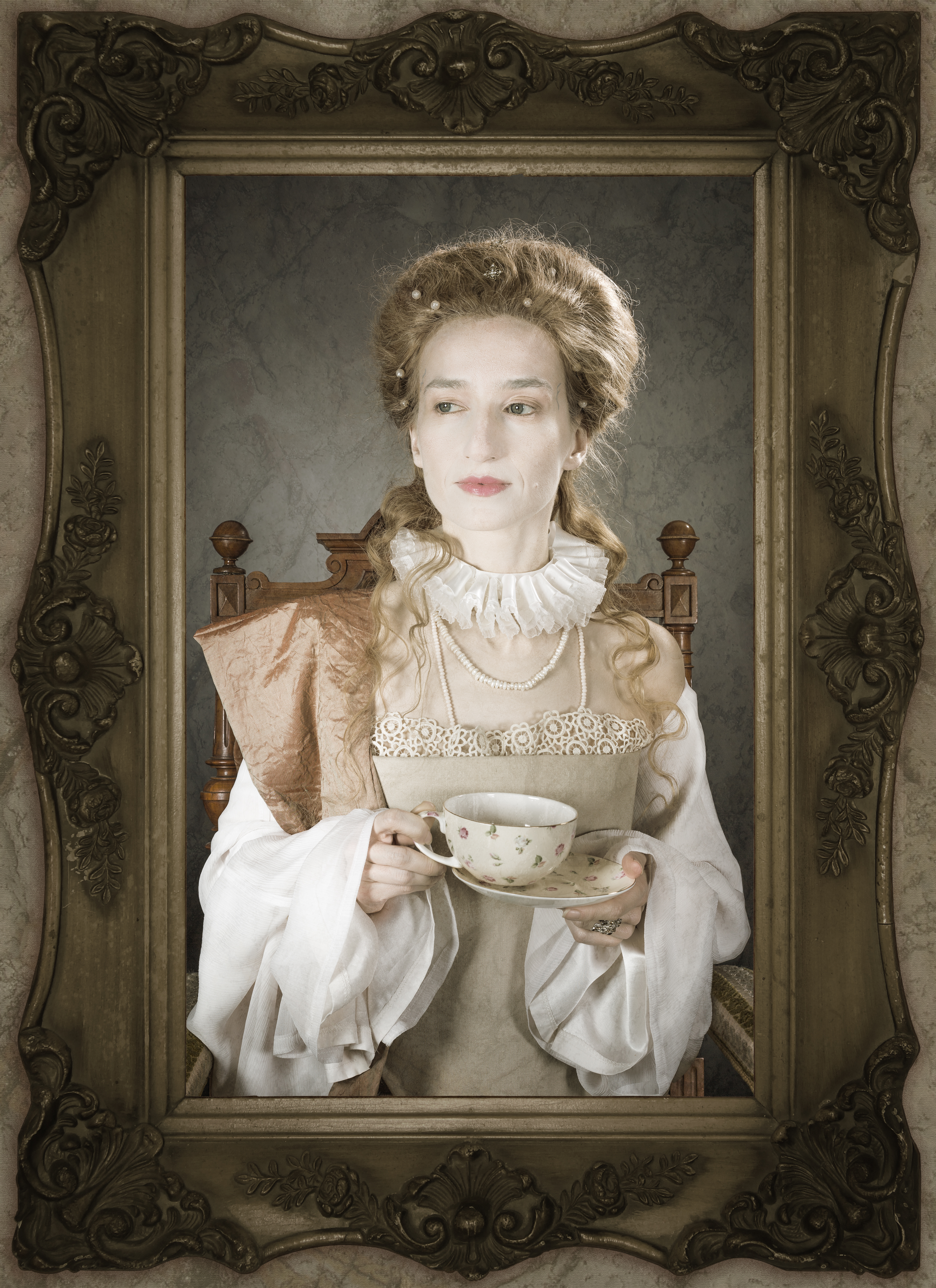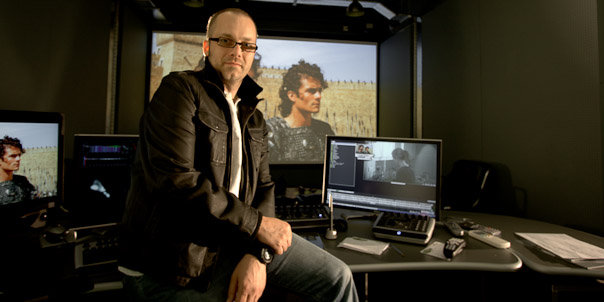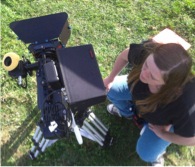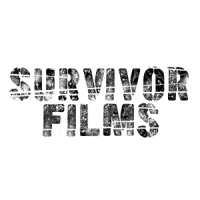ASK & DISCUSS
INDEXI'm looking for camera advice on shooting a music festival
10 years, 5 months ago - Simon Stanford
Hi guys,
I've recently started freelancing so I am still learning a lot but I've been tasked with DP'ing a four man team for a pretty big music festival for a client in July. It's the first music event I've taken on so I'm struggling to decide what camera is best to use for an outdoor festival.
I was wondering if anyone with more experience could give me some advice on what camera would be ideal for shooting a music festival? Ideally I need something that is relatively cheap to hire as I need four of them, but this is not a priority as I do not want to skimp on quality.
Any advice would be very appreciated.
Many thanks,
Simon
Only members can post or respond to topics. LOGIN
Not a member of SP? JOIN or FIND OUT MORE
10 years, 5 months ago - Simon Stanford
Thanks Morgan, I was thinking the C100 would probably suit my needs... Also can you suggest any particular rental companies to use?
10 years, 5 months ago - Marlom Tander
"Don't worry about the audio" famous last words :-)
I once filmed a big charity gig with multiple cameras and was told "don't worry about the audio, you'll get a recording from the desk".
12 hours of filming later I go over to the desk. "No one told me to record any audio....."
10 years, 5 months ago - John Lubran
Quite so Marlom, and then some!
Cosmic Order of the Universe rule 32 (i)
“Don’t rely on anyone that you’re not actually in control of.”
Simon, at the very least, short shotgun mics directly into, and if necessary actually mounted on the camera, will give you some basic backup. Never mind about stereo unless you have an independent sound recordist. A well placed DAT Walkman, monitored by an actual person, with a basic stereo mic well placed in the auditorium, has proven an astonishingly effective back up too, and cheap. With any back up sound, getting the levels right is essential, distortion or clipping is ruinous. Live music can be very loud and very changeable so the operator needs keep an eye on the meters. Headphones, if they can be discerned effectively in such an environment will not let you hear clipping or distortion because they are preamped. With the cameras using a short shotgun mic, use the single XLR input that feeds a mono recording to both channels separately. Forget auto level, it will clip repeatedly. Set the manual levels so that one is peaking at well below 0db for safety and the other can be set higher with only an occasional clipping. This will ensure that in the final mix in the edit suite no clipping or distortion need be suffered and without the camera operator needing to worry too much about levels.
Alternatively spend a lot of money on a proper OB set up with its own audio system!
10 years, 5 months ago - Paddy Robinson-Griffin
Just an addendum to John's excellent point about the audio if you're covering the stages - the desk mix will be generally dreadful for TV use - it's mixed for that PA in that venue for that mix position and that's all that counts. It'll include NO direct audience noise, which you want (as you have a crowd). Meanwhile recording from FOH mix position will give you too much crowd noise. If you don't have an independent mix (and the politics that entails - their soundies will be upset that you're going to make his nux sound bad on TV, management may object, etc) then at the very least record both the desk mix and the venue audio from FOH, at least you can combine them in post to make something slightly less horrible than either on its own ;)
10 years, 5 months ago - Alève Mine
Simon, as Paddy says, the desk is mixed for another purpose. You may want to ask for each track separately so you can mix them - nontrivial task best done by a specialist - to your own needs.
That said I filmed a gig mixing together the deskmix and the sound from my camera (a smartphone) and the band tells me that's the best sound they ever had of a gig video.
As regards synch, you may want to have all cameras and any separate audio record the whole event in a single take. Unless there aren't any digital glitches on any of these (like there is when recording audio on a tablet, which makes it a synch nightmare), you'll only have to synch at one point.
10 years, 5 months ago - Alève Mine
btw "there’s no reason why the audience for the film can’t have the sound quality and live experience commensurate with having been at the event itself"
That's a possible approach.
However: the experience with sound recorded from the audience is not the same as if you were there live, even if the sound levels would technically be the same. Perception is very different when you're there, not to mention the images are not the same either. Unless you stand behind this darn tall guy with an afro hairdo for filming :) .
10 years, 5 months ago - John Lubran
Great stuff from Paddy and the crew, some very experienced observations.
I’ll try and avoid reinventing the proverbial wheels with regard to the suggestions already provided, but one of the points I'd raise is what are the actual human and material resources available? I've recorded live performance events with everything from a single camera with a short shotgun mic to a full OB unit with multiple cameras and independent sound. The consequential methodologies differ hugely. I've observed that some ultra low budget single camera films have been far more entertaining and compelling than have been some mega buck productions. How sound is to be recorded and synched is a pretty big issue too. Unless one has a truly proper relationship with the house mixer I would never rely on the audio feed without my own backup systems. There can be huge differences between the mix required at the event and the mix required for the film, and getting the right technical match between the desk and the cameras is vital. The preamp monitoring from the desk might no necessarily reveal other distortions actually being recorded to media. Simple backup systems are always advisable and often very credible in any event. It’s a live event and can never be as exacting as a recording studio but there’s no reason why the audience for the film can’t have the sound quality and live experience commensurate with having been at the event itself. One can overdo things.
But as to the basic question of what cameras to use? Given that the recoding standard is clear, probably EBU HD 1K, or even 4K, then the choices are quite broad. The most expensive and specification impressive types are not necessarily the best for a particular purpose. Long lenses able to achieve big close-ups from a distance might be more useful than just achieving shallow depth of field, but then even modern cheap three ½” chip cameras can do that with the right lens whilst benefiting, sometimes critically, from easy ergonomics. Good low light capacity and noise free gain are essential. Whilst colour balance can be fully corrected in post, singing from the same white card during set up will be a blessing. Will the cameras be timecode synched? It’s not absolutely essential but it makes a huge difference as to how the post production will work. Also just exactly what will the film be required to achieve? Is it a full arts documentary with both the live performances and coverage of the whole event, sideshows, festival goers, interviews etc., or just the performances with perhaps a few parallel action cutaways? Much less demanding! How proactive is the festival organisation being in assisting the film? Have they built suitable camera positions that allow good coverage? The main camera positions for the performances will be at approximately eye level to the performers and diagonally across the stage from the front. High level, craned and flying cameras are always nice to have for a very few shots but looking down on the subject is not helpful if that footage is to be heavily relied upon. Without central monitoring and talk back to each camera the direction is tricky but not impossible, provided the operators are well briefed, experienced and competent, just means that post production will be a lot more demanding.
10 years, 5 months ago - John Lubran
The ideal set up would be technically demanding and therefore not cheap. Low budget alternatives however can be sufficient enough to provide that commensurate experience.
10 years, 5 months ago - Lee 'Wozy' Warren
I've always used VMI and found their service and support superb... Also Panavision, but they don't do the C100 I don't think!
Wozy
10 years, 5 months ago - Simon Stanford
Wow thanks Paddy, John. Plenty for me to think about and many questions for me to ask them.
I have actually done a lot of multicamera vision mixing for football and rugby events so I did want to go down this route, however their budget is extremely low so I don't think it is an option. I really wanted more than four cameras especially as we have to run between two stages.
In terms of camera I think the Canon C100 will be best with its low-light capabilities and its cheap to hire.
They have told me that I will be shooting only a few songs for each artist like you said Paddy. John I love your white balance point, something that on the day I might have easily missed but will make sure I do.
I've been told not to worry about recording the audio. I mentioned that it would be difficult for the editor to sync, which at the moment is myself, so I am not sure what way is best to ensure an easy sync because lip syncing is going to be ridiculously difficult.
Thanks again guys, I'm going to print this conversation out so I can highlight questions I'm going to ask.
10 years, 5 months ago - Marlom Tander
I'd be asking questions :-
a) Do you have to work around everyone else, or can your needs be taken into account?
b) Will there be a properly set up interview area you can control?
c) Any scope for fixed wireless cameras?
d) Drone. Subject to it being properly piloted and insured and there being some space between crowd and stage, such scope for experimentation, but if the shots worked, wow.
10 years, 5 months ago - Linda McDonald Cairns
Hi Simon try New Day Pictures they are situated in Kingston, which is a bit out of the way for me but they have always been really cool with delivery and collection only £30.
10 years, 5 months ago - Paddy Robinson-Griffin
What are you covering? The stages? If so, look at getting a small OB deal as you'll want to cut it live (trying to do multicamera edits in post is deadly dull compared with getting a cut, then just fixing it in post. It'll be a steep learning curve though if you've not directed a live multicamera shoot before! If you are covering a stage, remember that whilst seeing the band is fun for you, your audience needs crowd shots to get the atmosphere. Lots of crowd shots. Look at TV festival coverage, so many reverse angles and big wide shots. That's what gives you that exciting live feeling. Mind, 4 cameras isn't a lot to cover a stage (20 is considered more normal these days), so you'll be working hard!
If it's general site and backstage stuff, make sure whoever has commissioned you has got you a lockable cabin in the production compound/village to work from, with power provisioned, and ask about space in a steelstore (small lockable container) for keeping the kit safe if you're offsite.
Be very sure what you are and are not allowed to shoot, wherever you have pit access, what your accreditation covers, etc. Lots of people at festies don't want to be filmed looking worse for wear (to say the least), if you're working on a press pass you might only have filming access to the first three songs of an artist, you may not have pit access, etc. If you're doing backstage stuff get in touch with artist liaison, some areas will be no-go, probably the green room/artist compound etc. Artist liaison will be able to connect you to the appropriate talent escorts whose help you'll need having artists down and getting access. You will also need to clear it with the artists management before filming them backstage. Also, backstage, there are a lot of grumpy music and event professionals who don't necessarily like 'TV people', certainly not if they get in the way ;-)
Accreditation is the passes that will say where you can and cannot get to. The pass may *say* AAA, but there's many degrees of AAA and they're not equal. For instance you might not be able to get into the 'site' village (managing the site and infrastructure - they always have the cleanest loos, and guard them jealously! For you the festival might be a few days, for them it was a month of build and a fortnight of break too!), on stage, side of stage, artist green room, pit, but might get production village (second cleanest loos), and backstage apron for instance. You'll be hard pressed to argue needing access to the site village/compound (I know site managers who'll happily manhandle 'stars' from their compound - 'do you know who I am?' doesn't go far with old lags who've seen your ilk come and go for decades ;)
Don't know if any of this helps :)


